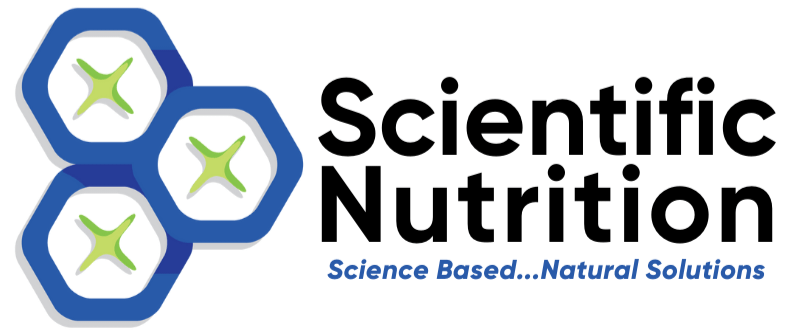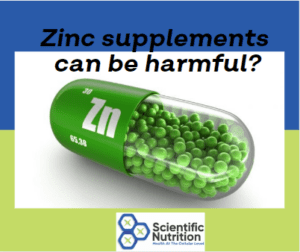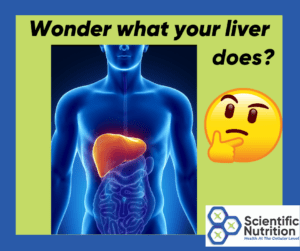How many chemical toxins you touch or come in contact with every day?
Do you use clean personal care products? If not, these chemicals are getting into your tissues, bloodstream, and gut. You will want to switch over to clean products as soon as possible. Your commercial products may not seem harmful or even smell nice but on a biochemistry level, you can be saturated.
You can develop allergies, asthma, skin rashes, coughing, sinus infections, leaky gut, brain fog, poor concentration or memory. They can be overloading to your system making it impossible to detoxify with the constant incoming chemicals.
How many personal care products do you need to detox and what do they do?
We will start with 7 of the most common chemicals in personal care products you will want to avoid using or eliminate using all together including formaldehyde, coal tar, petroleum, parabens, phthalates, sodium lauryl/laureth sulfate, and metalloestrogen heavy metals.
Formaldehyde
Formaldehyde is a carcinogenic gas found as a preservative and within synthetics. Carcinogens have been recognized by scientists in formaldehyde since 1980.
An 18-month study revealed that inhalation of formaldehyde leads to the development of cancer cells in the nasal cavity of test rats over an 18-month study. There is no reason to think it doesn’t do the same to us. Disturbingly enough, it is still in use within products such as deodorants, nail polish, shampoo, hair treatments, and products.
Common names for it to avoid: Sodium hydroxymethylglycinate, DMDM hydantoin, Quaternium-15, Bronopol, Urea, Diazolidinyl urea, or Formalin
Coal Tar & Coal Tar-Derived Colors
Coal tar is made from burning coal and is made up of hydrocarbons, carbon, and water.
It’s used in anti-dandruff shampoos, creams treating skin conditions such as psoriasis. Studies link coal tar to skin, liver, lung cancers, and DNA mutations. It blocks the skin pores (comedogenic) and increases the skin’s sensitivity to light (sun). Many colors used in cosmetics to add depth of color were once made from coal tar.
This carcinogen is very heavy and found in many dyes. Petroleum has now replaced it more so but the coal tar dye can still be present. You will often have this in hair dye.
Common names to avoid: Green #3, D&C, FD&C, Colors listed with a number following it (i.e. Blue 1 or Red 33)
Petroleum Jelly, Moisturizers, and Mineral Oil
These toxic mixes have saturated the beauty industry. They are all made out of processed oil (think car oil). We know that it is very carcinogenic and accumulates in the body. It has links to damage and found in storage in the reproductive system particularly.
You may also experience acne, breakouts due to clogged pores, irritated skin or rashes.
Petroleum requires long term clean up to remove the sticky residue it leaves behind (think about the BP Oil spill in the Gulf of Mexico). If you see it listed in your products, replace them with naturally derived products.
Common names to avoid: Mineral oil, Benzene, Toluene, Petroleum, Paraffin wax, Petroleum Jelly, Petrolatum, Butanol, Butyl,
Parabens
Parabens can be one of the most toxic cosmetic ingredients we encounter daily. It is primarily in use as a preservative to kill bacteria in shampoo or cosmetics. Worldwide studies indicate some are carcinogenic and lead to congenital disabilities as well as ongoing fertility issues. So why are they in them?
You will also see them listed in hair care products, body washes, skin care products, and often in sunscreen.
Common names to avoid: Isobutylparabens, Methylparaben, Alkyl parahydroxybenzoate, Ethylparaben, Butylparaben
Phthalates
A 2016 epidemiology study 31% of pregnancies that were exposed to phthalates resulted in spontaneous abortion. Other dangerous side effects linked are reproductive issues, hormonal disruptions, diabetes, and others.
Sadly, this dangerous and common chemical is in most cosmetics as fragrance, scent, and parfum or perfume. Companies can skirt the legality of listing it by labeling the generic term fragrance. It can be a mix of thousands of different chemicals containing phthalates.
This toxin makes cosmetics soft, flexible, malleable, spreadable and helps them adhere to surfaces. This chemical can be within nail polish, lipstick, hair sprays, and skincare products.
Common names to avoid: DBP, DEP, DEHP or phthalate, fragrance
Sodium Lauryl or Laureth Sulfate
These toxins are surfactants that make products foamy. They tend to dry out the skin by removing natural oils. You can experience irritations, redness or even cracked and bleeding hands.
By stripping off your natural oil that protects your immune system, you can leave yourself more susceptible to bacteria to enter your system causing long lasting skin damage.
As toxicity levels rise it will also begin to affect your enzymes and accumulate in your lymphatic system. These chemicals are in toothpaste, hand soaps, body wash, shampoo, baby bath products and face wash.
Common names to avoid: Laureth Sulfate, Sodium Lauryl Sulfate, Irium, and Anhydrous Sodium Lauryl Sulfate
Metalloestrogens (Heavy Metals)
Toxic chemicals found in hand creams or lotions actually can contain heavy metals. We often hear of the link to aluminum having cognitive function issues and Alzheimer’s Disease but other metals found are arsenic, mercury, chromium, iron, and lead.
Aluminum is in antiperspirants to block sweating but can circulate and deposit to bind in our brains with mercury. Of course, this causes an increase in cancer risks (particularly breast), reproductive issues as well as many autoimmune disease.
Although some limitations are set on amounts of metals that can be within products, they are still there. Over time the accumulations add up!
Women tend to be get exposure in cosmetic products such as moisturizers, nail polishes, sunscreens, mineral makeups, lip gloss, eye shadow, and concealers.
Common names to avoid: Hydrogenated cottonseed oil, Chromium, LB Pigment 5, Aluminum or Aluminum Lake (# following it), Lead flake, Pigment metals, and Sodium hexametaphosphate
What can I do to change my personal care products?
By eliminating products that you contact daily you can begin to greatly reduce your toxicity. I will not only improve your current health but begin to reverse potential illness long term. When you clean & detox products you will feel more confident knowing you are using healthy alternatives.
I work with clients to look at all of the exposures to replace them either all at once or one product at a time for a better quality of health and stronger immune system. We can replace your toxic chemicals with clean detox products that will naturally make you feel amazing in a healthy way.
Along with using Hair Analysis to see exactly where your heavy metal toxicities are, we can see which mineral levels are out of balance to rebuild your nutritional stores.
What can these toxicities cause?
In 2020 there was approximately 2,620 men and 276,480 women are diagnosed with breast cancer, 520 men and 42,170 women of which are estimated to die from it. The lifetime risk of diagnosis for men is 1 in 833, women are 1 in 8!
If you were to eliminate just one product such as applying aluminum based antiperspirant under your arms, near your lymph nodes and breast tissue for 30-40 years, how much are you decreasing your risk of breast cancer?
LET’S CHAT about your health goals and to help clean up your products!
Copyright Scientific Nutrition, LLC 2020




